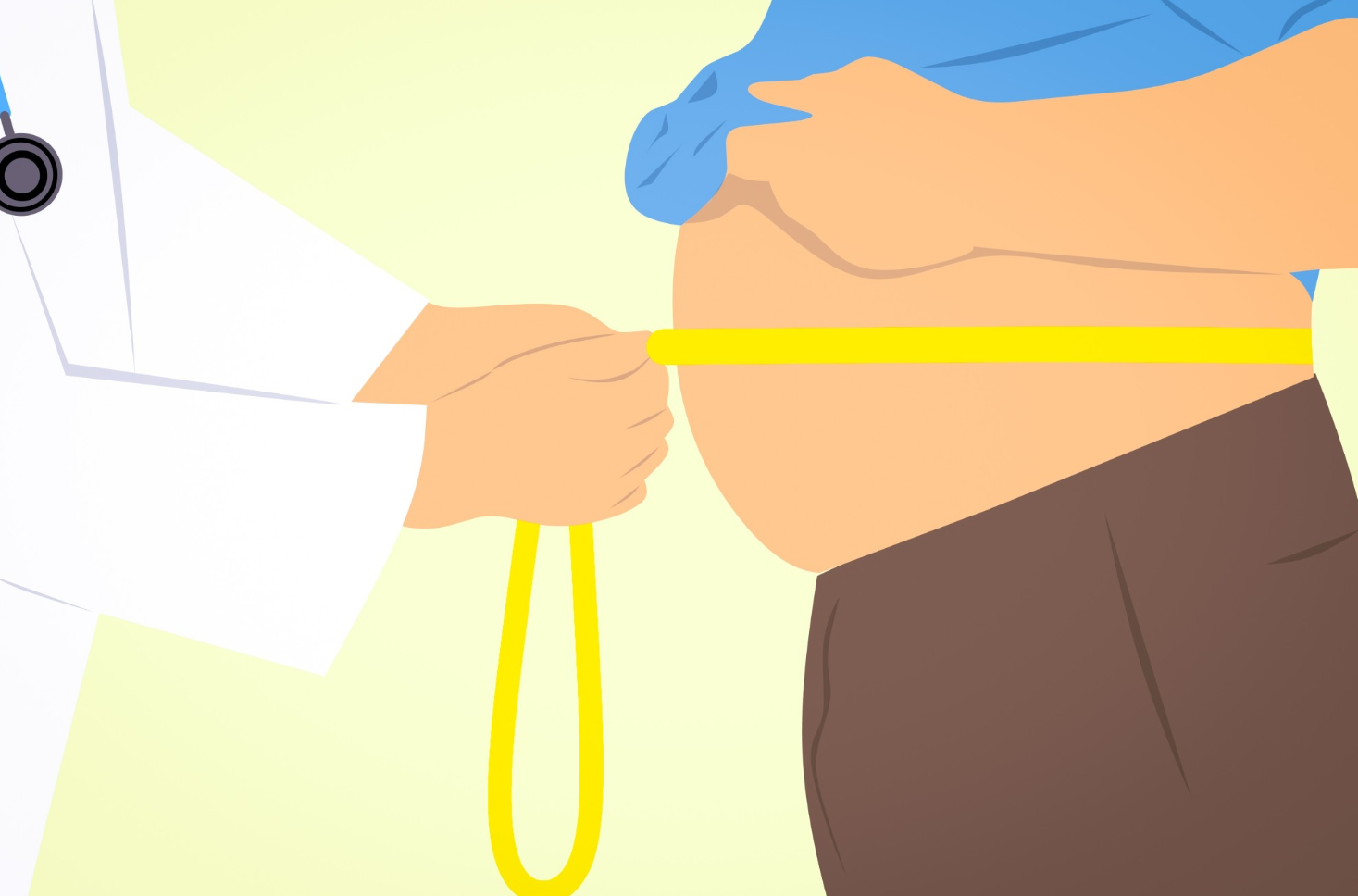
Gluten intolerance is a common medical condition. It can vary in severity, with Celiac disease being the most severe type of gluten intolerance. Celiac disease is an autoimmune condition that affects the whole body, but mainly the digestive tract.
Gluten is a protein that is found in wheat, barley, and rye. It is found in many processed foods, sauces and meals. In it’s lesser form, gluten intolerance is known as ‘wheat belly’.
It is common in bread and baked goods. Many stores now stock options like Gluten Free Sliced White Loaf.
But what are the main wheat belly symptoms? Continue reading to find out.
1. Bloating
Bloating happens when your stomach feels full, and it is swollen. This means your stomach area is full of gas after you’ve eaten. This can make you feel very uncomfortable, and the condition can be painful if the gas becomes trapped.
Bloating is one of the most common symptoms that people suffer from when they have gluten intolerance.
2. Diarrhea, Constipation and Smelly Feces
Occasional diarrhea or constipation is normal for humans. But you should seek medical advice if it happens regularly. It is another common symptom of a gluten intolerance
Those that have Celiac disease experience inflammation in the intestine after eating any food containing gluten. This causes damage to the intestine. Depending on the severity, the damage can become irreversible.
This inflammation can cause diarrhea or constipation.
3. Stomach Pain
Due to the bloating and inflammation in the gut, pain in the stomach area is very common. 83% of people who have gluten intolerance have stomach pains after they consume gluten.
4. Headaches
People who suffer from gluten intolerance are more likely to have unexplained headaches and migraines in comparison to the general population. So if you experience regular headaches, with no apparent cause, you could be gluten intolerant.
5. Fatigued
Feeling exhausted is associated with gluten intolerance.
If your bowel is inflamed, you won’t be able to absorb nutrients properly and therefore won’t consume enough energy for your body. There are studies that highlight that 60-82% of people who have a gluten intolerance feel fatigued.
6. Skin Problems
Your gut health and skin health have an interlinked relationship. An unhealthy gut will display signs on the skin like lesions, dull skin, and acne.
Some serious skin conditions like psoriasis have shown significant improvement when gluten is removed from the diet.
7. Depression and Anxiety
Mental health and gut health are also interlinked. People who suffer from gut issues are at a greater risk of developing depression and anxiety than those with a healthy gut.
8. Unexplained Weight Loss
If you are losing weight, without trying to, then this is a cause for concern. This is a common symptom of gluten intolerance, as the gut isn’t able to absorb all the nutrients from food.
See a Doctor About Wheat Belly Symptoms Today!
If you have any of the wheat belly symptoms listed above, you could be suffering from gluten intolerance. It’s important to consult your doctor to get a diagnosis and prevent further damage to your gut.
For more health information, take a look at the other articles on our blog.


